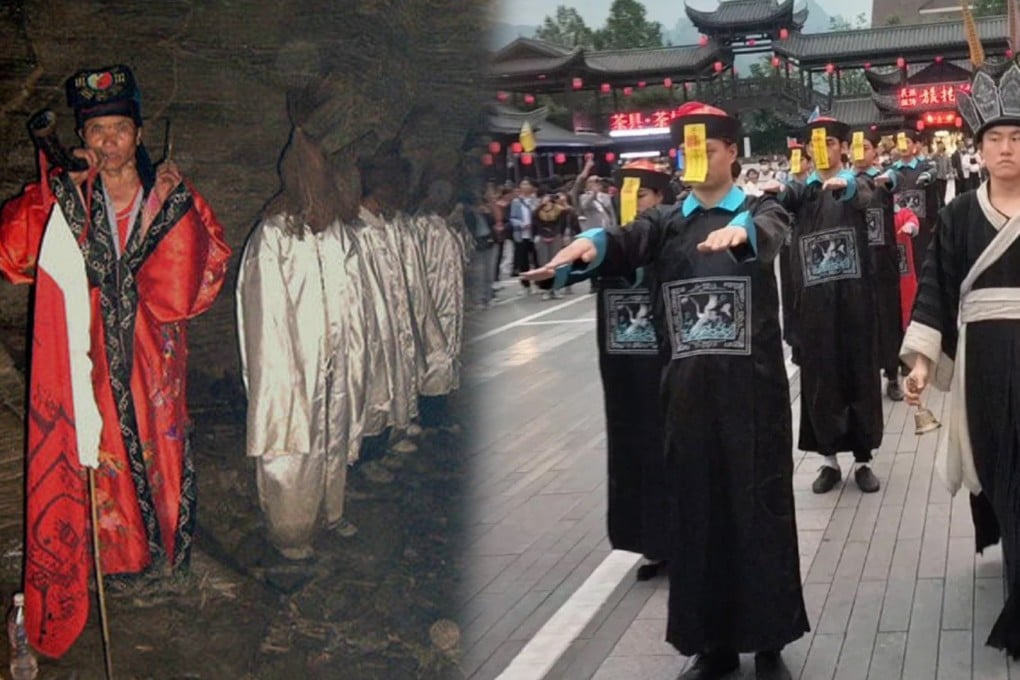Explainer | Walking dead: old China practice of corpse herding, transporting bodies to hometown for burial using long bamboo poles
- Tradition traces back to Qing dynasty (1644-1911), believed to have been a money-saving endeavour
- Only people who were ‘forced’ to die could be transported by herders

In a hilly and particularly beautiful part of central China, visitors during the 20th century may have been alarmed if they were passed by a loud group of people travelling with eerie companions – the corpses of the recently executed.
Called “corpse herding”, the tradition stretches back centuries in the Xiangxi region in Hunan province. While it is no longer practised today, it remains one of the region’s rich cultural heritage, offering a glimpse into the ancient culture of Xiangxi.
The ritual, which is part of the “three witchcrafts of Xiangxi”, is part of a custom requiring people to be transported home for their burial, ensuring they rest in peace.
The other two are gu poison, a venom-based poison used in sorcery, and luo hua dong nu, a tradition of some tribes where unmarried women, who have not found a spouse by marriageable age, are sent into a cave to marry the cave deity.
Where did this strange custom come from?
Corpse herding is believed to have emerged during the Qing dynasty and is connected to the practice of “autumn executions” in which convicts were killed during one short period during the year, meaning that corpses often had to be transported long distances for their burial.